Measles is a highly contagious viral infection that primarily affects children. Despite being preventable through vaccination, measles continues to pose a threat in areas with low vaccination coverage. This article provides a comprehensive overview of measles in babies and children, including its symptoms, treatment, and prevention strategies.
Other Topics You Might Like
Helpful Products You Might Like
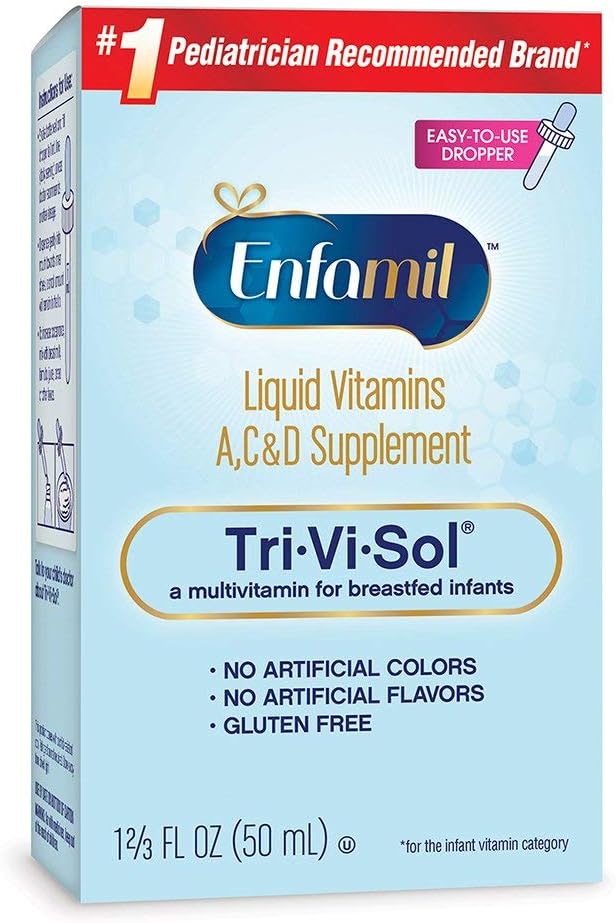
Enfamil Tri-Vi-Sol Supplement Drops for Infants
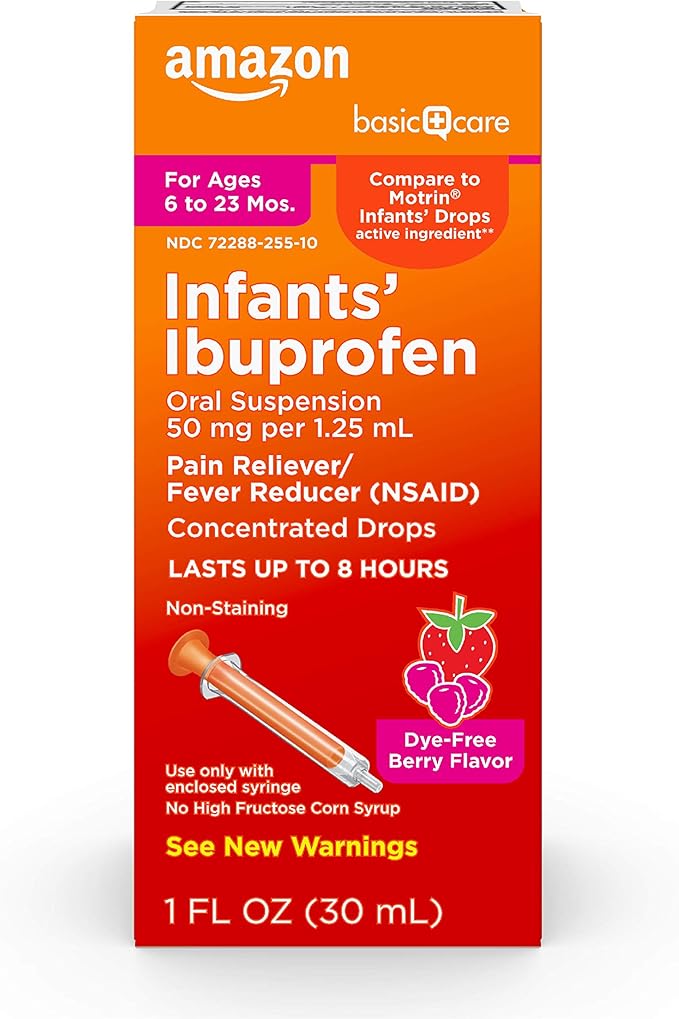
Amazon Basic Care Infants Ibuprofen Oral Suspension
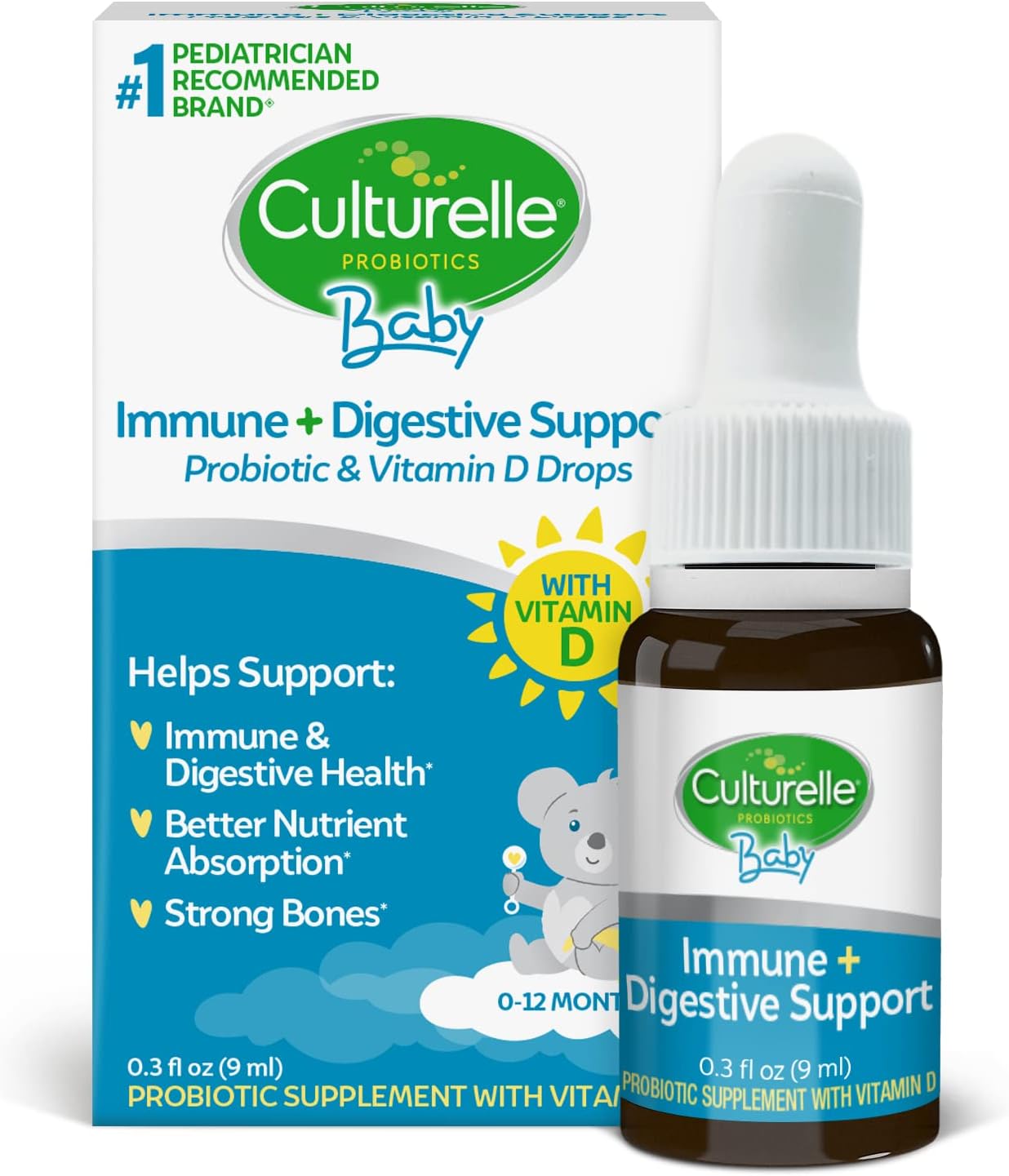
Culturelle Baby
Probiotic Drops
"(Paid Links)" 
Understanding Measles
Measles, also known as rubeola, is caused by the measles virus. It is an airborne disease, spreading through respiratory droplets when an infected person coughs or sneezes. The virus can live in the air for up to two hours, making it extremely contagious. Before the introduction of the measles vaccine, it was a common childhood illness. Today, outbreaks still occur, especially in communities with low vaccination rates.
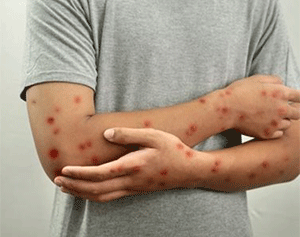
Symptoms of Measles
Measles symptoms typically appear 10-14 days after exposure to the virus. The initial symptoms are often similar to those of a cold or flu, including:
Fever
A high fever, often exceeding 104°F (40°C), is usually the first symptom.
Cough
A persistent, dry cough is common.
Runny Nose
Nasal congestion and a runny nose are typical early symptoms.
Red, Watery Eyes
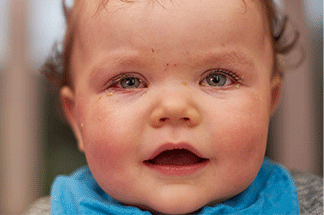
Conjunctivitis, or inflammation of the eyes, causes redness and sensitivity to light.
As the disease progresses, more distinctive symptoms develop:
Koplik's Spots
These are small, white spots with a bluish-white center on a red background, appearing inside the mouth on the inner lining of the cheek.
Rash
A red or reddish-brown rash starts on the face and spreads downward to the rest of the body. This rash typically appears 3-5 days after the initial symptoms and lasts about a week.
Complications
Measles can lead to serious complications, particularly in young children, pregnant women, and individuals with weakened immune systems. Complications include:
Ear Infections
About one in ten children with measles will develop an ear infection, which can lead to permanent hearing loss.
Diarrhea
This is a common complication that can lead to severe dehydration.
Pneumonia
Measles can cause pneumonia, which is the leading cause of death in children with measles.
Encephalitis
A rare but serious complication, encephalitis is inflammation of the brain that can lead to permanent brain damage or death.
Diagnosis
Measles is typically diagnosed based on its characteristic symptoms, particularly the rash and Koplik's spots. Laboratory tests, including blood tests and viral cultures, can confirm the diagnosis by detecting the measles virus or antibodies produced in response to the infection.
Treatment
There is no specific antiviral treatment for measles. Management focuses on relieving symptoms and addressing complications. Key aspects of treatment include:
Hydration
Ensuring the child drinks plenty of fluids to prevent dehydration.

Fever Management
Using acetaminophen or ibuprofen to reduce fever and alleviate discomfort.
Vitamin A
The World Health Organization recommends vitamin A supplementation for children with measles, as it can reduce the severity and risk of complications.
Rest
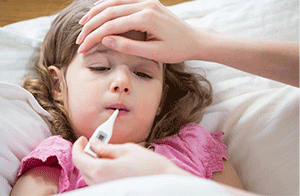
Adequate rest is crucial for recovery.
In severe cases, hospitalization may be necessary to manage complications such as pneumonia or encephalitis.
Prevention
The most effective way to prevent measles is through vaccination. The measles, mumps, and rubella (MMR) vaccine is highly effective and is typically administered in two doses:
First Dose
Given at 12-15 months of age.
Second Dose
Given at 4-6 years of age.
Vaccination not only protects the individual but also contributes to herd immunity, which helps protect those who cannot be vaccinated, such as infants under 12 months and individuals with certain medical conditions.
In addition to vaccination, good hygiene practices, such as frequent handwashing and covering the mouth and nose when coughing or sneezing, can help prevent the spread of the virus.
Conclusion
Measles remains a significant health concern, particularly in areas with low vaccination rates. Understanding the symptoms, treatment, and prevention of measles is crucial for protecting children from this potentially serious disease. Vaccination is the most effective tool in combating measles, ensuring that future generations are safeguarded against this highly contagious virus. By maintaining high vaccination coverage and practicing good hygiene, we can work towards eradicating measles and ensuring a healthier future for all children.
